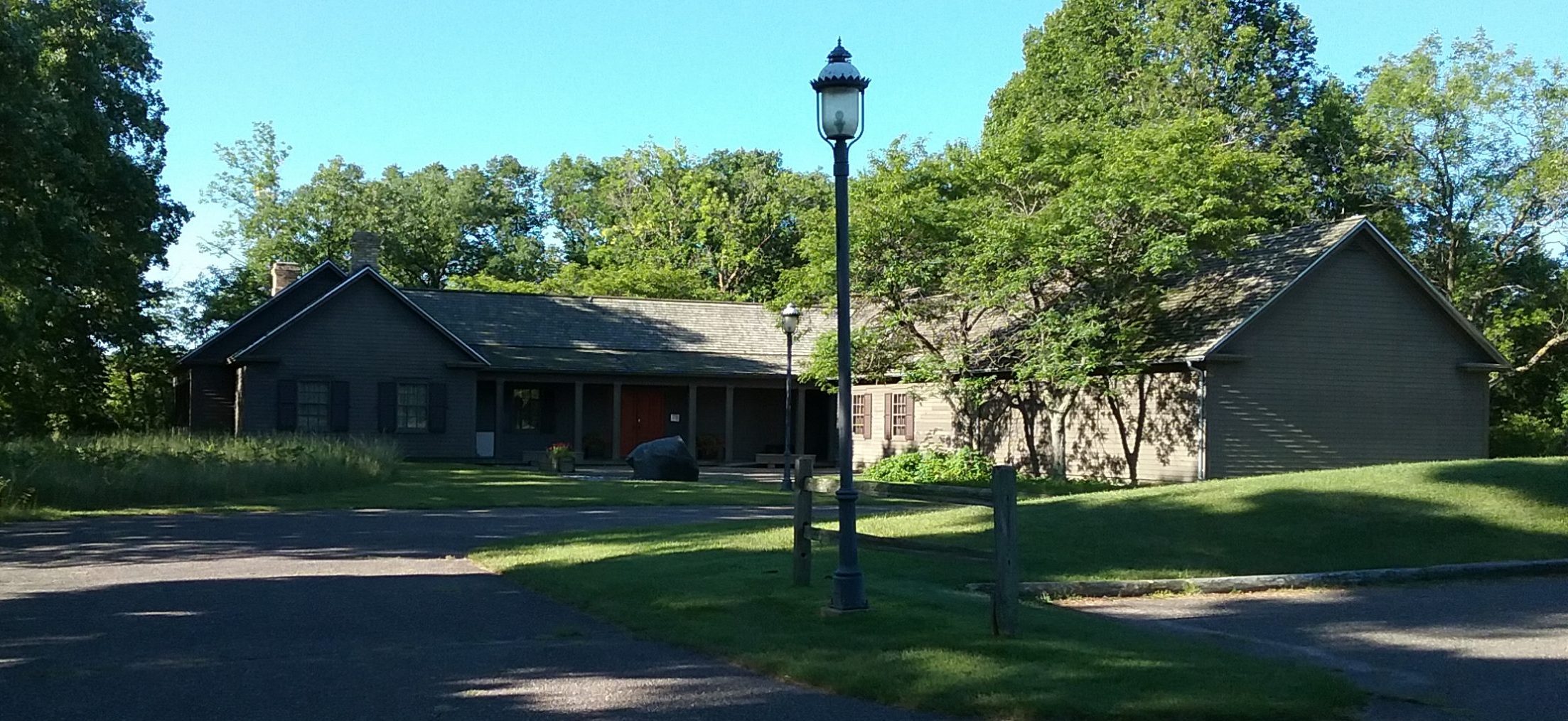In the early 1990s, I served on the Five Wings Arts Council, one of the eleven regional arts councils that provide grant funding to artists and arts organizations within their regions. During the time I was on the Council, I was given a small book that detailed the economic impact of the arts in Minnesota. It was the first time I had ever seen such a study and it stuck with me. Here, in hard numbers, the case was being made about the economic importance of the arts, a field that had been seen as peripheral to society.
In my two decades within Minnesota’s history field, I had never seen a study that focused on the economic impact of history organizations, particularly at the local level. In the spring of 2017, I floated the idea of having such a study done among my colleagues in history organizations in Morrison County. They were enthusiastically behind the idea, but we didn’t have an obvious mechanism to have such a study done. Jill Moore, executive director of Great River Arts, heard about our wish for a study and became aware of an opportunity through Creative Minnesota. We could have a study done that would combine economic data from the arts and history sectors.
We jumped at the chance. Five organizations pitched in the funds needed for the study, including the Friends of the Little Falls Library, Linden Hill, Great River Arts, Lindbergh House & Museum, and the Morrison County Historical Society.
The results of the study were released at a packed public event at Little Falls City Hall on February 7, 2018. Sheila Smith, chair of Creative Minnesota and executive director of Minnesota Citizens for the Arts, presented the data. As we suspected, the cultural sector, including history and the arts, has a significant impact on Morrison County’s economy: $4.7 million annually.
$2 million of that is spent directly by nonprofit cultural organizations. There were 16 organizations that participated in study, 5 of which were focused on history.
This last finding was one of the most interesting for Morrison County. Creative Minnesota has conducted a number of similar studies around the state and discovered that Morrison County has more history organizations than most other counties that it has studied. We have 5, compared to 1 or 2 in other counties.
The study also found that $1.2 million is spent annually by attendees of cultural events. Further, full-time artists and creative workers spend $1.2 million and part-timers spend $.25 million, for a total of $1.5 million spent by individual creative workers.
Lest you think that no tax revenue was generated because nonprofit organizations were involved in the study, that is not the case. Nonprofit organizations pay payroll taxes and collect sales taxes. (Did you know that admissions to arts events in Minnesota are tax-exempt from sales tax, but admissions to history events are not?) Nonprofit cultural organizations generated over $317,000 in tax revenue, while creative workers generated over $180,000, for total tax revenue of close to $500,000.
You might be wondering why history organizations are interested in figuring out our economic impact. As anyone with a fitness tracker can tell you, if you don’t count your steps, they don’t count. For far too long history organizations haven’t tallied up our economic impact, which makes it very easy to discount our importance to society. While those of us who work in history organizations understand our relevance and contributions to our communities on an intuitive or personal level, without these hard numbers, we have difficulty articulating our larger impact, especially as a sector.
Arts organizations have been proving their economic case for some time now, which has resulted in the arts being seen as critical to economic development in communities. It’s taken the history field far too long to catch up, but the measurement bug seems to be biting a lot of us all at once. The American Alliance of Museums has just released its study on “Museums as Economic Engines,” which shows that museums in Minnesota have a $917 million impact.
We hope that studies such as these will help governments and businesses understand that history organizations offer more than just nostalgia to society – we belong to the information sector and we generate revenue.
~ Mary Warner
Executive Director
This article originally appeared in the Morrison County Historical Society newsletter, Volume 31, Number 1, 2018.
